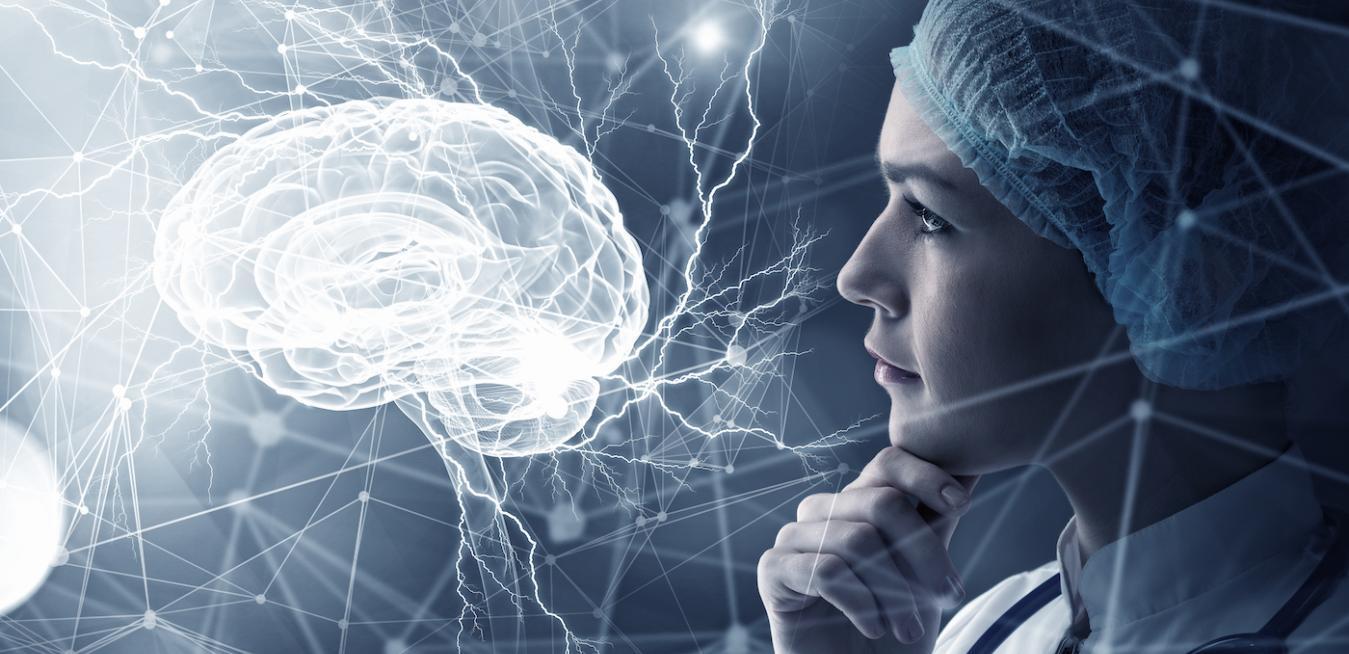These years, medical healthcare is marking great breakthrough due to being top society concerns. Let’s see how these technologies bring the era of healthcare to the patients.
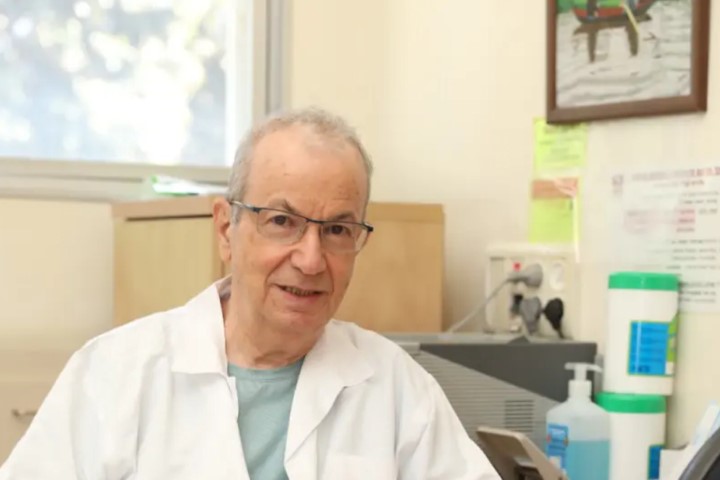
Scientists in Israel reversed aging in human skin by transplanting it onto young mice.
Analyzing the molecular differences between old and rejuvenated skin helps pinpoint what really happens when bodies age — and what could be done to address it. “Dissecting the key drivers of human organ aging and developing effective molecular strategies to prevent or even reverse it surely constitutes one of the most fundamental missions of biomedical research,” the researchers wrote in a study in Science Advances.
Led by Amos Gilhar and others at the Rambam Health Care Campus and Technion-Israel Institute of Technology, in Haifa, with collaborators in Europe, the research team grafted pieces of aged human skin onto young and old mice. A month later, only the grafts on the young mice had improved. They were thicker and less flattened out, had a stronger protective barrier, and produced more melanin. This last finding suggests pigmentation may play a more important role in skin aging than was previously appreciated.
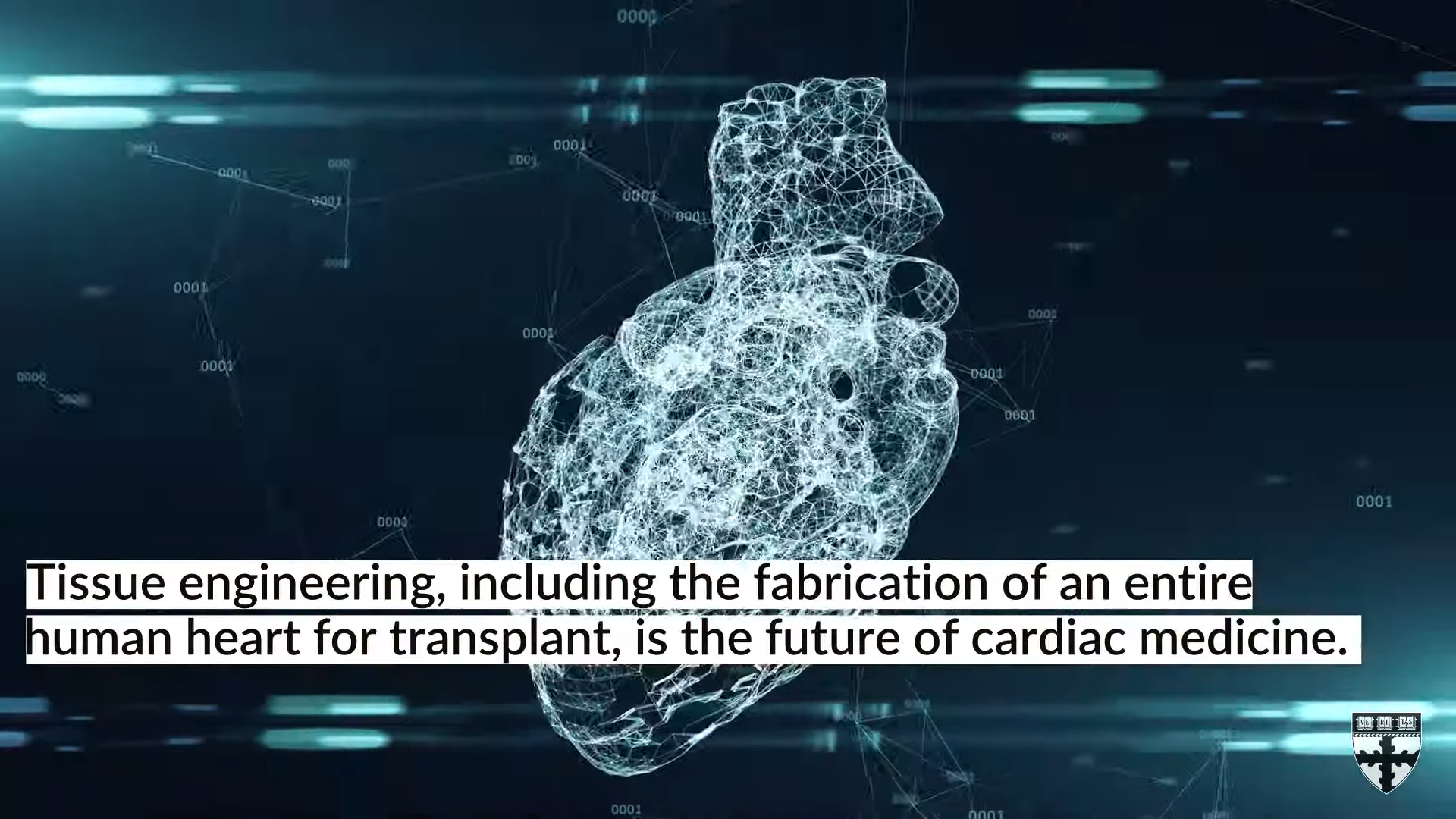
Harvard bioengineers have figured out how to re-create the twisting muscular structure that gives hearts their pumping power.
Heart disease is the leading cause of death in the U.S. Hearts can’t repair themselves like other organs do, so scientists are trying to develop ways to make transplantable hearts in the lab — which requires replicating their curious geometries. “This work is a major step forward for organ biofabrication and brings us closer to our ultimate goal of building a human heart for transplant,” said Kit Parker, senior author of a study in the journal Science.
The muscles of the main chambers of the heart, or ventricles, are aligned in a helical shape, causing them to squeeze in a twisting motion when pumping blood to the body. Researchers believe it is a secret to their strength. Parker’s lab demonstrated a new method for building a helical scaffold by spinning liquid polymers, not unlike the way a cotton candy machine works. They seeded it with heart cells, which twisted when they contracted like real hearts do.
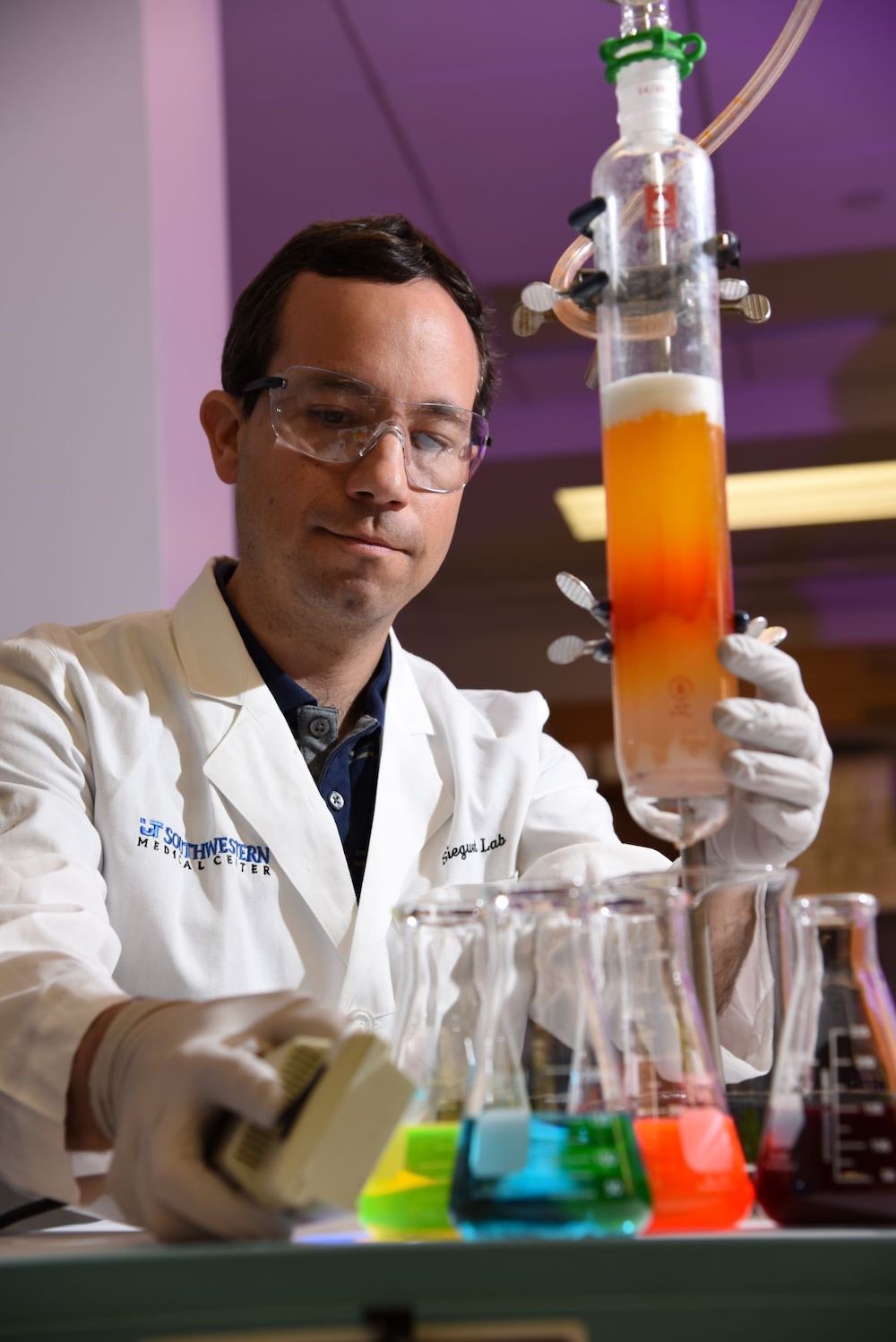
Researchers at the University of Texas Southwestern Medical Center found a way to penetrate cancer’s defenses against some treatments.
The gene-editing tool known as CRISPR-Cas9 is a promising avenue for altering the genes that drive tumor growth. But tumors are surrounded by a molecular shield that is difficult to penetrate. “Although CRISPR offers a new approach for treating cancer, the technology has been severely hindered by the low efficiency of delivering payloads into tumors,” said Daniel Siegwart, leader of a study published in Nature Nanotechnology.
The team targeted two genes that work to thwart cancer treatment. They loaded lipid nanoparticles with bits of genetic material to interfere with the first gene’s ability to hold together protective molecules that surround some tumors. They also loaded the nanoparticles with CRISPR-Cas9 machinery to turn off the other gene, PD-L1, that prevents immune cells from attacking cancer cells. The study showed that the defensive barrier was weakened by the treatment and more nanoparticles and immune cells infiltrated the tumors. In mice with ovarian or liver cancer, the treatment shrank tumors to one-eighth the size of control animals’ and the animals lived twice as long.
Monitoring your heart anytime, anywhere
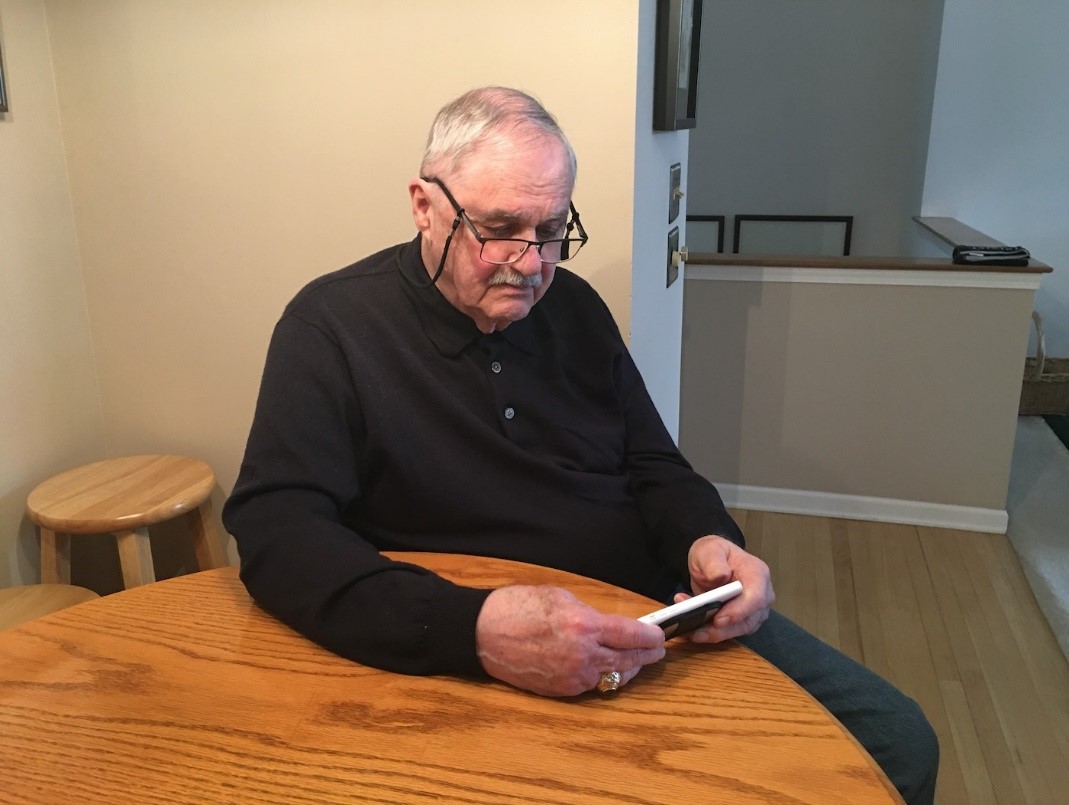
AliveCor, a key partner of GE Healthcare, has introduced its KardiaMobile 6L, a device that enable patients with cardiovascular disease to monitor own condition anytime, anywhere.
Cardiovascular diseases (CVD) are leading cause, with 31% of dead all over the world with 31%. Due to WHO statistics, around 170.000 people in Vietnam die of CVD each year since 2016. In US, the number of 2020 is even up to 900.000, and millions of people live everyday together with CVD. Therefore, one of GE Healthcare’s target is to explore how to strengthen the care continuum from hospital into the home — with the goal of reducing the number of hospitalizations by providing patients with technology to better manage their cardiac conditions at home.
“The concept of hospital-to-home has taken off,” Mark Langer, former general manager for ECG Ecosystems at GE Healthcare says. “Some of the customers that we’re talking with about the AliveCor device think they may be able to prevent their patients from having to come into the clinical environment if they can see what they need to see from AliveCor data.”
KardiaMobile 6L is the first FDA-cleared, AI-enabled consumer ECG platform for the efficient detection of atrial fibrillation, as well as other heart rhythm conditions. The device connects wirelessly to an app on the patient’s mobile phone or tablet. The patient holds their fingers gently on the device or presses it to a spot on their leg to record their heart rate for 30 seconds — and the app instantly lets the user know if their heart rate is normal or if it detects atrial fibrillation. The data is stored, so it’s easy for users to see their heart rhythm history over time and get a better sense of their arrhythmia patterns.
KardiaMobile 6L ECG can also delivered information directly into GE Healthcare’s MUSE Cardiac Management System. The physician can then view, evaluate and compare the patient’s most recent KardiaMobile 6L ECG to prior ECGs or other relevant results, expanding diagnostic capabilities through continuity of care.
